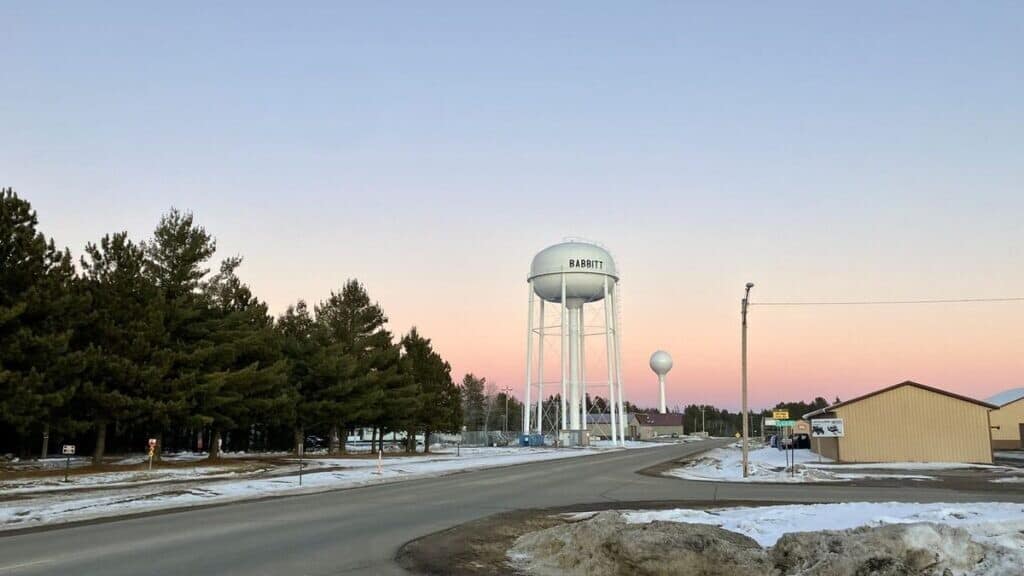
Helium jackpot: Minnesota's reserves are much bigger than we thought
What's the story
New data indicates that a helium reservoir in northern Minnesota, US is larger and richer than initially estimated. It might alleviate US shortages. Seismic data from a 1.12km-long sweep just outside of Babbitt reveals the reservoir's expansive lateral and depth dimensions. Pulsar Helium, President and CEO Thomas Abraham-James confirmed the presence of a previously discovered pocket of helium between 1,750-2,200 feet below the surface, with additional gas-bearing zones likely at depth.
Concentration levels
Helium concentrations surpassed previous estimates
Laboratory tests in June revealed that the helium concentrations in the reservoir range between 8.7% and 14.5%, surpassing previous maximum estimates of 12.4-13.8%. These concentrations are unprecedented in the industry, according to Abraham-James. For context, any helium deposit with a concentration above 0.3% is considered economically significant, solidifying the Minnesota project's position in the global helium market.
Helium shortage
Minnesota helium reservoir could alleviate US shortages
Despite being the second most abundant gas in the universe, helium is scarce on Earth as it only forms through nuclear fusion and radioactive decay of uranium and thorium. The gas is essential for cooling rockets, nuclear reactors, and diagnostic medical equipment like MRI machines. Abraham-James said that the global supply of helium is dwindling, causing shortages in some industries. He suggested that if the Minnesota helium stores can be extracted, they could significantly alleviate US shortages.
Extraction process
Natural flow of helium eliminates need for fracking
The June results showed that helium naturally flows to the surface at a rate of up to 821,000 cubic feet per day, eliminating the need for fracking. This natural flow could also end the need for above-ground storage by providing on-demand access to helium. "These results are considered world-class," Pulsar Helium representatives stated. The firm has shared this data with a third independent party tasked with calculating the reservoir's size, with results expected by the end of July.